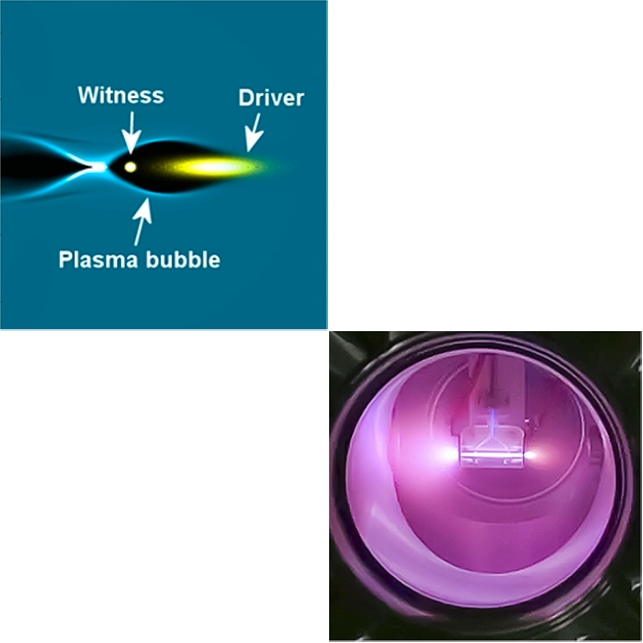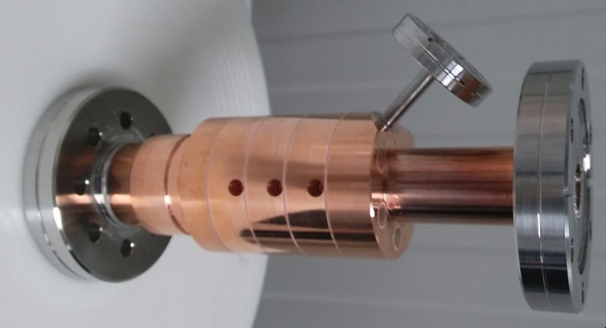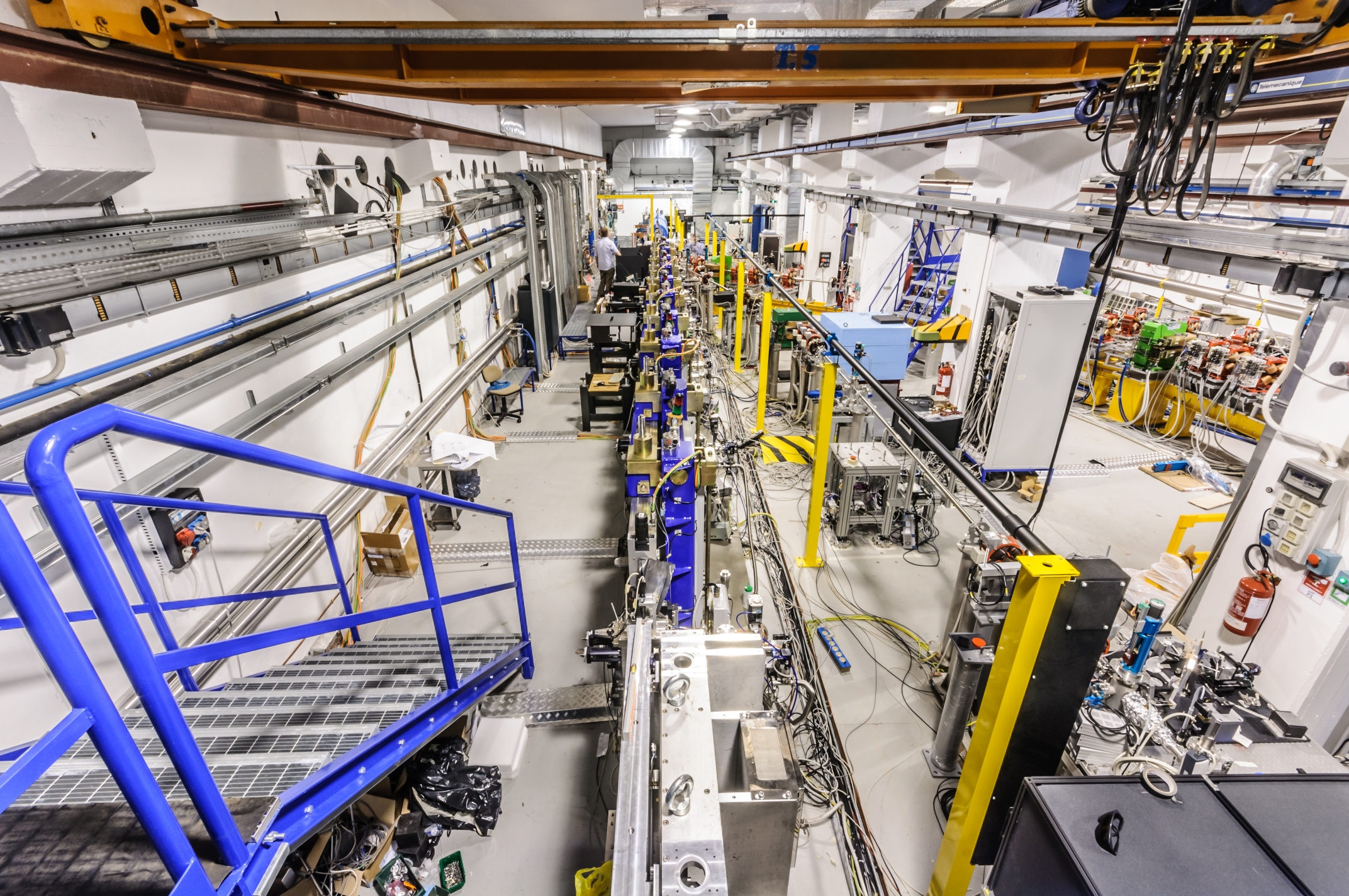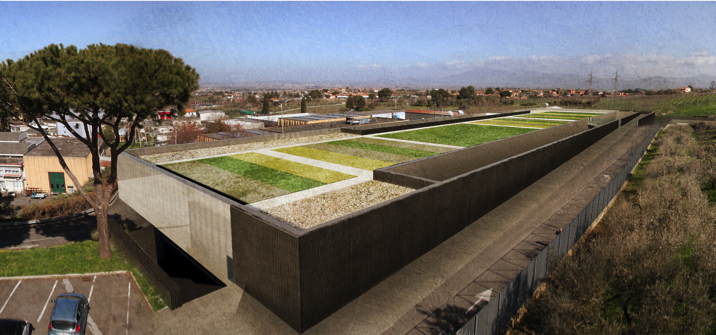Instrumentation for Ultra Compact Accelerators

The number of accelerators in the world has quadrupled in the past 20 years. An ever increasing demand is for small and low-cost accelerators that can be used in industrial, medical and compact radiation sources.
Various technologies are being developed for this purpose with different approaches. Research is carried out by pushing the technology of Radio Frequency (RF) structures to the maximum, increasing their acceleration gradient and scaling their frequency. People are also looking for a paradigm shift by using a plasma wave to transfer energy to charged particles.
In this last case, acceleration gradients of even a factor 1000 higher than current standards could be reached.
Our studies are focus on the development of the needed equipment to measure the characteristics of these ultra-short and ultra-bright beams, both in the qualification of the radiation that is emitted by these machines, with the aim of being able to use it to investigate the physics of acceleration, but also with the prospect of being able to use this radiation for application purpose.
EuPRAXIA





Applications of ultra compact accelerators
The European project EuPRAXIA has just produced a Conceptual Design Report of the first plasma accelerator capable of driving a source of high-brightness and monochromatic radiation in X-rays. A series of problems were tackled for the first time that are not usually considered in proof-of-principle experiments. In particular, we have coordinated the part relating to the measurement and characterization of the properties of accelerated particle beams.
The project is working to be included in the road map of European infrastructures (ESFRI) and thus move on to the technical definition of the machine
CompactLight





Compact accelerating structure, total length 50 cm
The European CompactLight project is ongoing. This is a collaboration to study an ultra-compact accelerator based on radio frequency technology, all in the X band (about 12 GHz). The machine is developed for the production of coherent X radiation for application purposes.
In this European project we coordinate the measurement part of the characteristics of the particle beam and the radiation emitted. The collaboration will present the conceptual design of the machine at the end of 2021
Plasma Acceleration at SPARC_LAB




Inside of SPARC_LAB accelerator
SPARC_LAB is an interdisciplinary laboratory aimed at the development of new accelerators for application use. Our department has always been in close contact with this laboratory, as several students have conducted studies for their bachelor's or doctoral theses there. Part of the machine time will soon be reserved only for radiation users and no longer just for research and development.
Plasma acceleration with high brightness beams or high power lasers is currently the focus of the laboratory.
Our department participates leading the diagnostic part of the radiation and of the particle beam, studying in particular the radiation of betatrone which can also be used in the application field.
EuPRAXIA@SPARC_LAB, multidisciplinary plasma accelerator





Resources have recently been allocated for the construction of a new accelerator at the INFN National Laboratories in Frascati. It is a machine driven by hybrid technology, part traditional and part plasma. The goal is to pilot a free electron laser for fundamental and applied physics research.
The machine will also provide other sources of X radiation, based on betatrone radiation, a source in THz, sources of charged particles, and also of positrons. Everything will revolve around a high-brightness electron injector and a very high-power laser.
Also in this project we are engaged in the development of the instrumentation for diagnostics on particles and radiation.